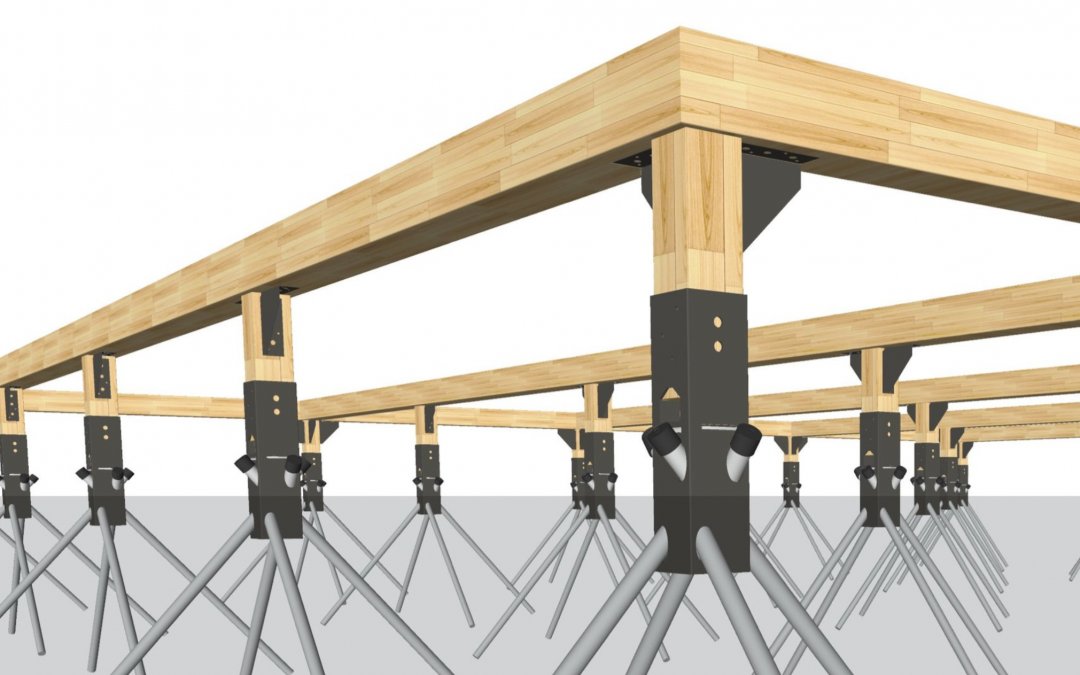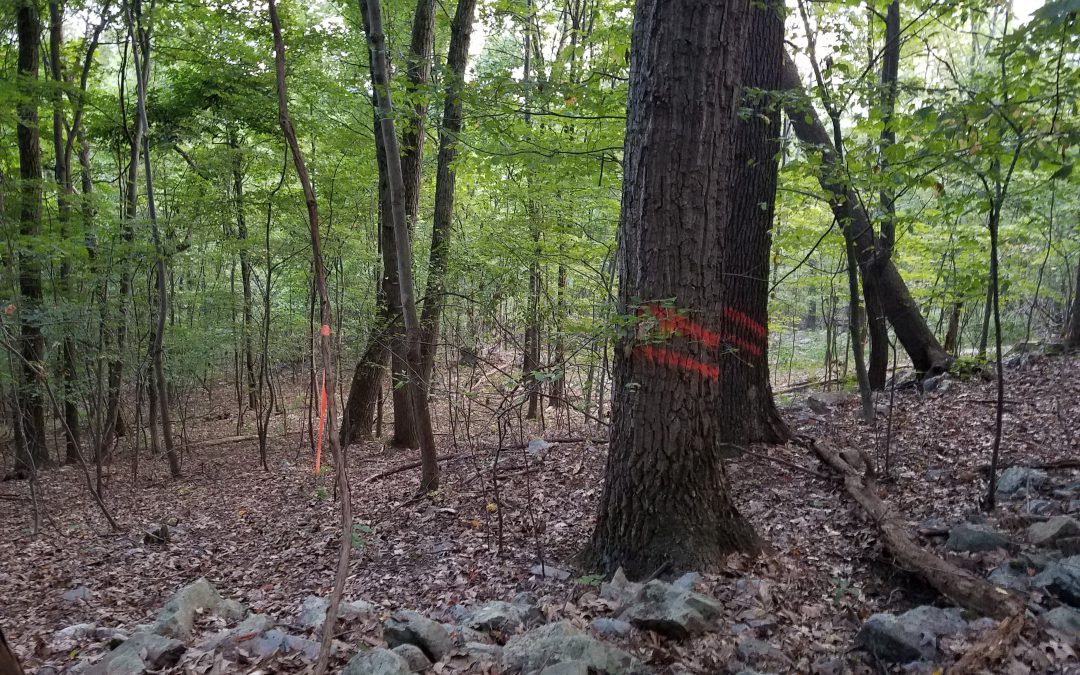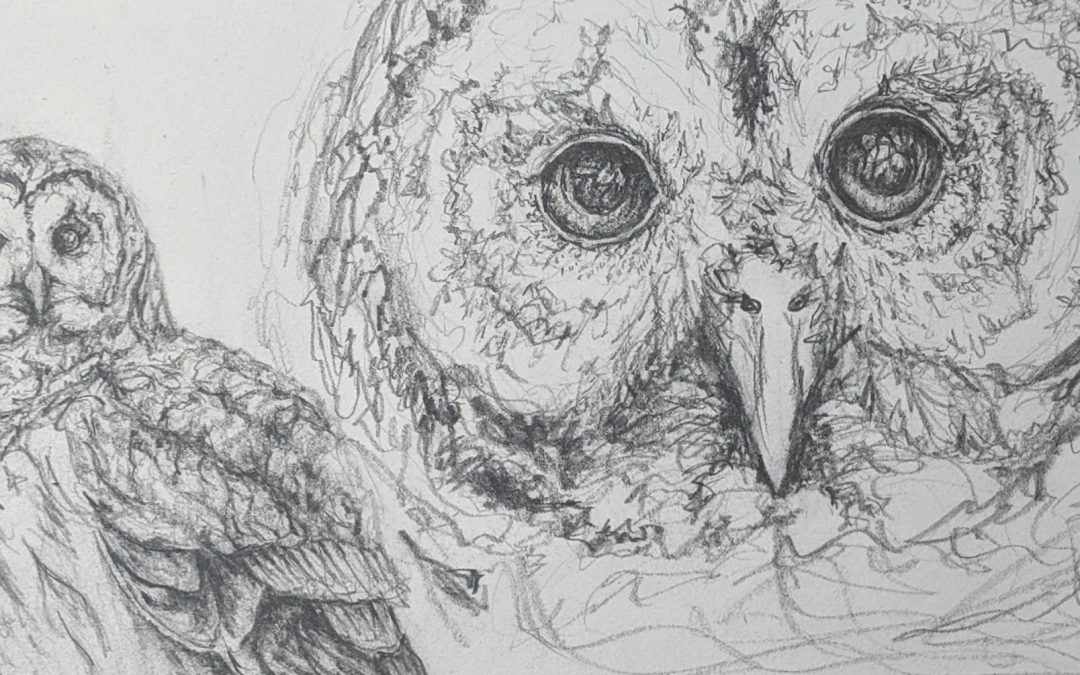
A Tidbit on Pin Foundations
Dear Readers,
The purpose of this blog is to share some of my own understandings and primary research on pin foundations. The information is useful for a foundational knowledge of how to build a house.
What is the purpose of a foundation?
The three most important functions of a foundation are to be load bearing, act as an anchor, and isolate the home from ground moisture.
Load Bearing: Through the foundation, the weight of the home is transferred from the structure to the ground. The foundation must be able to bear ‘dead’ and ‘live’ loads. ‘Dead’ load is the constant weight of the home structure itself, it never changes. ‘Live’ load varies according to the amount of people, things, or snow in or on the house at any given time.
Anchor: A foundation should act as an anchor for the home against natural forces. A house bolted, or connected, to its foundation is less likely to be swept away by tornadoes or floods, or destroyed by earthquakes.
Isolate: The foundation should isolate the home from ground moisture. Wood, a common building element, rots faster when it is in direct contact with the earth. So, it is necessary to have a separation between the ground and the wood structure.
Why do William and I want to use a pin foundation?
One of the main reasons we wish to use a pin foundation is to lower our home’s environmental impact. Concrete, a typical building material for foundations, has a high output of CO2 and a high consumption of fossil fuels in its manufacturing, transportation, and construction. The laying of a concrete foundation is also a time consuming, physically demanding, and environmentally disruptive process. It can contribute to soil erosion and water pollution, to name a few of the concerns.


